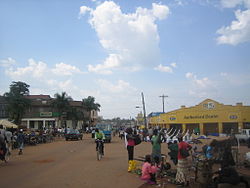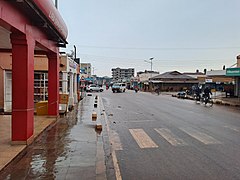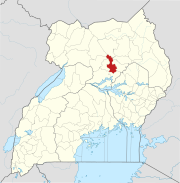
Soroti is a city in Eastern Region of Uganda. It is the main city, commercial, and administrative center in Soroti District, one of the nine administrative districts in the Teso sub-region. Soroti city was immediately approved for operationalization ahead of schedule by the Parliament of Uganda in the Financial Year 2020/2021.
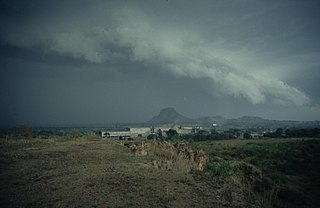
Tororo is a town in the Eastern Region of Uganda. It is the main municipal, administrative, and commercial center of Tororo District.

Moroto is a town in Moroto District in the Northern Region of Uganda. The town serves as the location of the district headquarters.
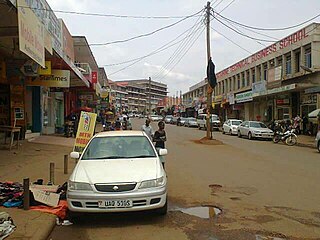
Masaka is a district and a city in the Buganda Region in southern Uganda, west of Lake Victoria. The city is the headquarters of Masaka District.

Apac is a town in Apac District in the Northern Region of Uganda. It is the 'chief town' of the district and the district headquarters are located there. The district is named after the town.
Yumbe is a town in the Northern Region of Uganda. It is the district headquarters of Yumbe District.
Moyo, is the main municipal, administrative, and commercial center of Moyo District in the Northern Region of Uganda. The district headquarters are located here.
Aboke is a town in the Kole District of the Northern Region of Uganda. It was the location of the Aboke abductions in October 1996.
Nebbi is a town in the Nebbi District of the Northern Region of Uganda. It is the site of the district headquarters.
Lira Regional Referral Hospital, commonly known as Lira Hospital, is a hospital in Lira in the Northern Region of Uganda. It is the referral hospital for the districts of Amolatar, Apac, Dokolo, Lira, Kole, and Oyam.
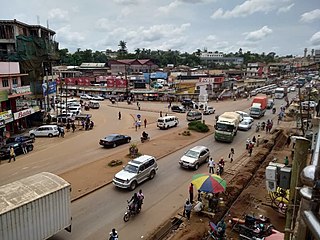
Mukono Town is a municipality in Mukono District in the Central Region of Uganda. The town is administered by the Mukono Town Council. The district headquarters are located in this town.
Wobulenzi is a municipality in Katikamu sub-county, in Luweero District in the Central Region of Uganda.
Amolatar is a town in Northern Uganda. It is the main municipal, administrative and commercial centre of Amolatar District. The district is named after the town.
Dokolo is a town in the Northern Region of Uganda. It is the main municipal, administrative, and commercial centre of Dokolo District.
Abim is a town in the Northern Region of Uganda. It is the chief municipal, administrative, and commercial center of Abim District. The district is named after the town.
Alebtong, is a town in the Northern Region of Uganda. It is the chief municipal, administrative, and commercial centre of Alebtong District. The district is named after the town.
Katunguru, is a settlement in Rubirizi District, Ankole sub-region, in the Western Region of Uganda. The name also applies to Katunguru Sub-county and Katunguru Parish, where the settlement is located.
The Soroti–Dokolo–Lira Road is a road in Uganda, connecting the towns of Soroti in Soroti District, Dokolo in Dokolo District, and Lira in Lira District.
Lira University (LU) is a university in Uganda. It is one of the eleven public universities and degree-awarding institutions in the country.
The Battle of Lira was one of the last battles in the Uganda–Tanzania War, fought between Tanzania and its Uganda National Liberation Front (UNLF) allies, and Uganda Army troops loyal to Idi Amin on 15 May 1979. The Tanzanian-led forces easily routed Lira's garrison of Amin loyalists, and then intercepted and destroyed one retreating column of Uganda Army soldiers near the town.
